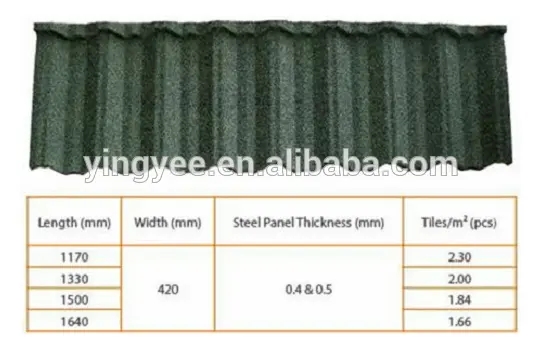
The Importance of Gutter Downspout Roll Forming Machines
In the construction and manufacturing sectors, efficiency and precision are paramount. One of the critical components in building infrastructure is the effective management of water drainage systems, particularly through gutters and downspouts. To meet the increasing demand for durable and customizable downspouts, the gutter downspout roll forming machine has emerged as a vital piece of equipment.
What is a Gutter Downspout Roll Forming Machine?
A gutter downspout roll forming machine is a specialized piece of machinery used to create downspouts from coiled metal sheets, commonly made of materials like galvanized steel, aluminum, or copper. The process involves feeding metal coils into the machine, which then shapes the metal into specific profiles. The roll forming method allows for continuous production, making it ideal for manufacturing long sections of downspouts that can be cut into required lengths.
Benefits of Using a Roll Forming Machine
1. Efficiency and Speed One of the standout features of roll forming machines is their ability to produce downspouts at a high rate. Unlike traditional methods, which may require more manual labor and time, a roll forming machine automates the shaping process, significantly reducing production time.
2. Customizability Different projects may require varying styles and dimensions of downspouts. With a roll forming machine, manufacturers can easily adjust the settings to produce custom profiles tailored to specific needs. This flexibility allows businesses to cater to a broader range of clients and projects.
3. Material Utilization Roll forming is known for its minimal waste production. Since the process involves continuous feeding of metal coils, there is very little excess material compared to methods that involve cutting and shaping separate pieces. This not only saves material costs but also contributes to a more sustainable manufacturing process.

4. Quality and Durability Downspouts made from roll forming machines are consistent in terms of quality and dimensions. Because the process is highly controlled, the end products tend to have better structural integrity and can withstand harsh weather conditions, making them a reliable choice for buildings.
5. Cost-Effectiveness While the initial investment in a roll forming machine can be significant, the long-term savings in labor costs, material waste, and production speed often outweigh these costs. Businesses can respond more effectively to market demands, enhancing their competitive edge.
Applications in Construction
In construction, the role of gutters and downspouts cannot be overstated. They help channel rainwater away from roofs and foundations, preventing damage and ensuring the longevity of structures. By utilizing gutter downspout roll forming machines, manufacturers can provide quality products that enhance the efficiency of water management systems.
Moreover, with the growth of the construction industry and the focus on sustainable practices, the demand for high-quality downspouts is set to rise. Manufacturers equipped with advanced roll forming technology will be in a prime position to meet these demands and deliver innovative solutions.
Conclusion
The gutter downspout roll forming machine represents a significant advancement in manufacturing technology. By combining efficiency, customizability, and sustainability, these machines are not only beneficial for manufacturers but also play a crucial role in ensuring the structural integrity of buildings. As the construction industry continues to evolve, investing in such technology will likely be a key factor for success in delivering high-quality, durable products to meet the ever-increasing demands of the market. Embracing this technology can lead to better business outcomes and a positive impact on construction practices for years to come.